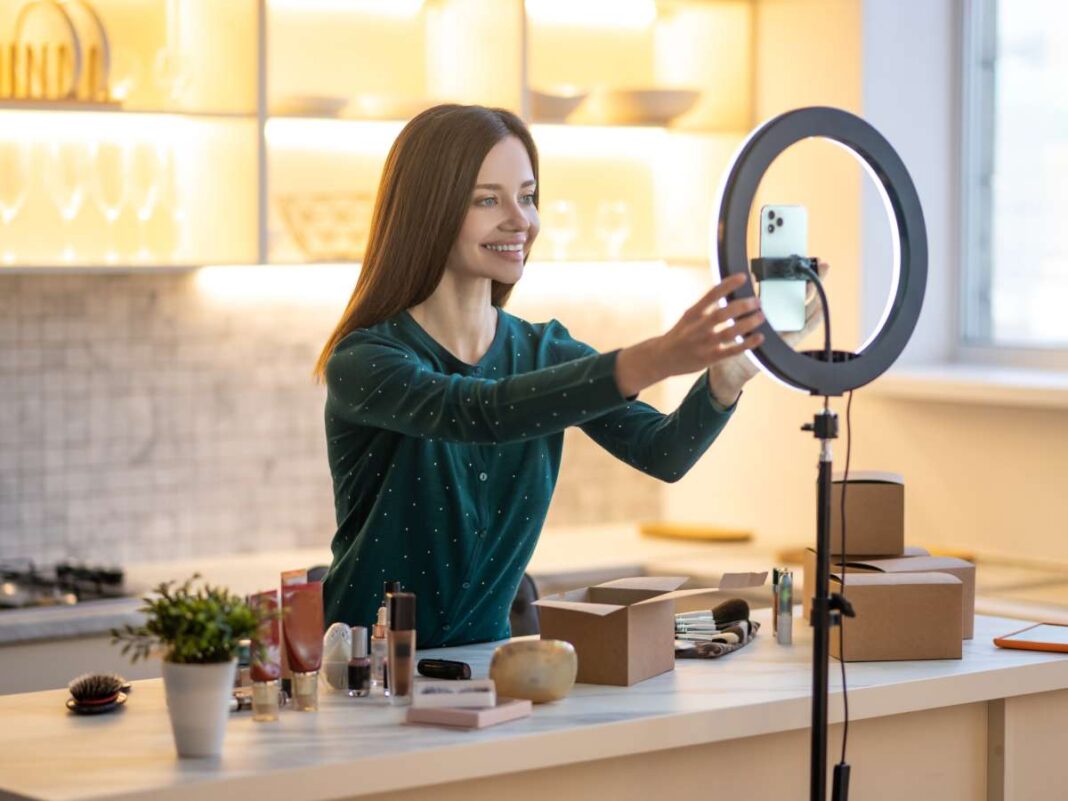In the evolving world of digital marketing, small brands are discovering a potent new ally: micro-influencers. Gone are the days when only celebrities and mega-influencers could sway consumer behavior. Today, businesses are harnessing the authentic connections micro-influencers have within their niche communities to drive engagement and sales.
The Shift from Celebrity Endorsements to Micro-Influencers
Traditional marketing heavily relied on celebrity endorsements to lend credibility to products and services. However, social media channels like Instagram, TikTok, and YouTube have empowered individuals to become influential figures within specific niches. Consumers now prefer relatable personalities over unattainable celebrity lifestyles, leading brands to pivot towards micro-influencers who offer authenticity and genuine engagement.
Who Are Micro-Influencers?
Micro-influencers are content creators with follower counts typically ranging from 10,000 to 100,000. Unlike mega-influencers or celebrities, they cultivate close-knit communities where they engage personally with their audience. This intimacy fosters trust and loyalty, making their recommendations highly persuasive.
Why Micro-Influencers Are Effective
Authenticity and Trust
Micro-influencers are seen as genuine authorities within their niche markets. Their content often reflects personal experiences and honest opinions, which resonates deeply with followers seeking authenticity. This trust translates into a more impactful brand experience compared to traditional advertising.
Higher Engagement Rates
Despite their smaller audiences, micro-influencers often enjoy around 60% more engagement than larger influencers. Their followers are likely to like, comment, and share content, amplifying the reach and effectiveness of marketing campaigns.
Cost-Effectiveness
For small brands with limited budgets, micro-influencers offer a budget-friendly alternative to costly celebrity endorsements. Collaborations can be more economical, allowing businesses to partner with multiple influencers in niche markets rather than investing heavily in a single macro-influencer.
Niche Targeting
Micro-influencers specialize in specific content areas—be it fitness, fashion, tech, or parenting—enabling brands to reach highly engaged audiences within targeted segments. This precision targeting raises the likelihood of conversions and fosters meaningful interactions.
Success Stories of Micro-Influencer Collaborations
Brands across industries are witnessing tangible benefits from micro-influencer partnerships:
- Glossier, a beauty brand, leveraged micro-influencers by creating personalized landing pages and encouraging user-generated content. This strategy not only boosted engagement but also enhanced brand credibility among consumers.
- Airbnb collaborated with travel micro-influencers to showcase unique stays and local experiences, fostering trust and driving bookings.
- HelloFresh partnered with cooking enthusiasts who created engaging content featuring their meal kits, highlighting convenience and quality, which boosted subscriptions and customer retention.
Strategies for Small Brands to Leverage Micro-Influencers
To maximize the benefits of micro-influencer marketing, small brands should consider the following approaches:
- Define Clear Goals: Establish what you aim to achieve—brand awareness, engagement, or conversions.
- Align with Authentic Influencers: To maintain authenticity, choose influencers whose values and content align with your brand.
- Prioritize Engagement Over Follower Count: Focus on influencers with high engagement rates rather than just large follower counts.
- Foster Genuine Relationships: Build long-term partnerships to maintain consistent messaging and deepen community engagement.
- Grant Creative Freedom: Allow influencers to create content that resonates with their audience, ensuring it feels organic rather than scripted.
The Future of Micro-Influencer Marketing
As the digital landscape evolves, trends predict an increased investment in micro-influencers. Brands are leveraging new social media formats like live streaming and short videos to engage audiences creatively. Additionally, the push for authenticity and niche targeting suggests that micro-influencers will remain integral to marketing strategies.
Conclusion
Micro-influencers have emerged as the new powerhouses for small brands, offering authenticity, higher engagement, and cost-effective solutions in the digital marketing realm. By establishing genuine connections within their communities, they are reshaping how brands interact with consumers. Small businesses seeking to make a significant impact without exorbitant budgets should partner with micro-influencers to unlock greater brand loyalty and market presence.
